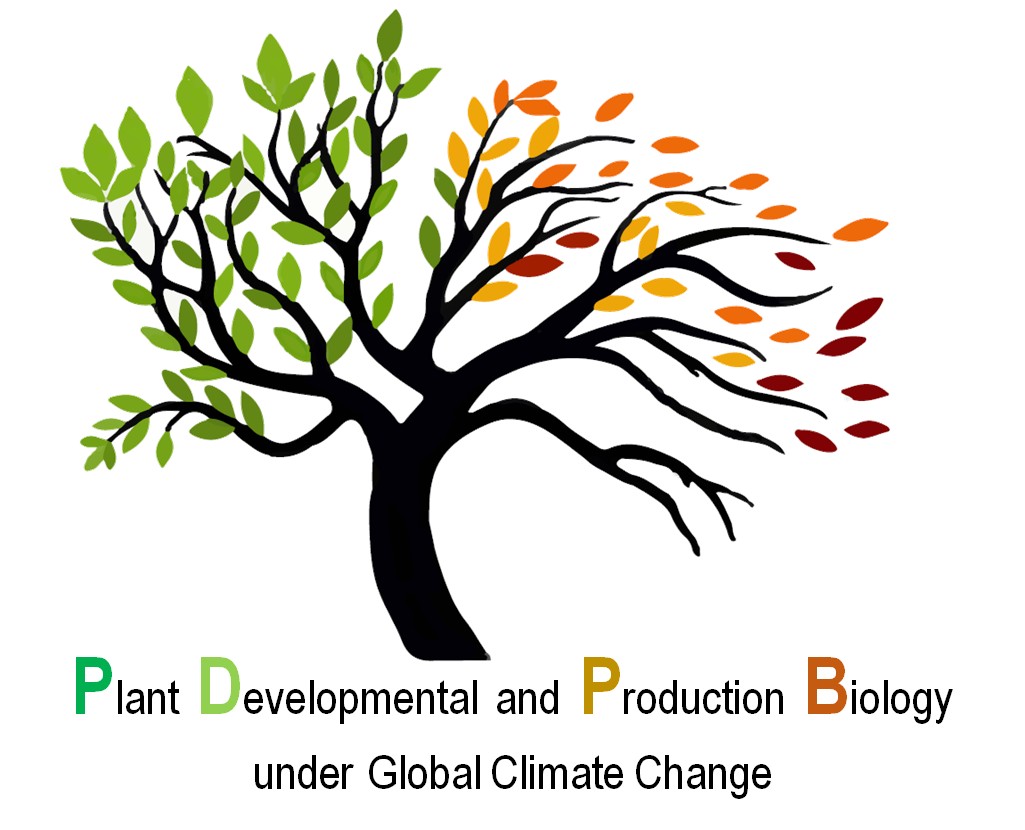| |
|
Downregulation of PHOTOTROPIN 1 in Solanum lycopersicum L.
|
| |
|
Hloušková P [a], Husičková A [a], Nožková V [a], Humplík J [a], Černý M [b], Ferretti U [a], Brzobohatý B [b], Spíchal L [a], Bergougnoux V [a]
|
| |
|
|
| |
|
[a] Centre of the Region Hana for Biotechnological and Agricultural Research, Palacký University in Olomouc, Olomouc, CZ
[b] Department of Molecular Biology and Radiobiology, Mendel University in Brno, Brno, CZ
|
| |
|
|
| |
|
Phototropin 1 (PHOT1) is a part of blue light sensory system in plants that fine-tune the efficient use of solar energy and modulate growth through a variety of responses including phototropism, chloroplast movement, leaf flattening and positioning, stomatal opening, and rapid inhibition of hypocotyl growth. We used amiRNA interference to generate transgenic phot1 tomato plants. Downregulation of PHOT1 caused distinct phenotype in plant height and number of trichomes on the leaf and stem surface compared to wild-type. Also, the serration of the leaf margin was reduced in phot1 and leaf flattening was altered which may be associated with changed level of transpiration and efficiency of the photosynthesis. The fruits of mutant plant were also affected by the downregulation of PHOT1 showing decreased number of seeds with the delayed germination rate. Moreover, the phot1 fruits were darker green compared to wild-type. Proteomic analysis of fruit pericarp showed changes in proteins connected with carotenoid biosynthesis pathway predicting the higher level of carotenoids such as lycopene, an antioxidant which is important component in human diet. The carotenoid content will be measured by high-performance liquid chromatography analysis. Subsequently, to examine the role of mutation in drought stress, various watering regimes (80% and 50% of field capacity and non-watering) were applied to wild-type and transgenic plants. Chlorophyll fluorescence and content, gasometric parameters, water potential, leaf temperature and enzymatic activity of ascorbate peroxidase were measured in these plants.
|
| |
|
|
| |
|
|
|

